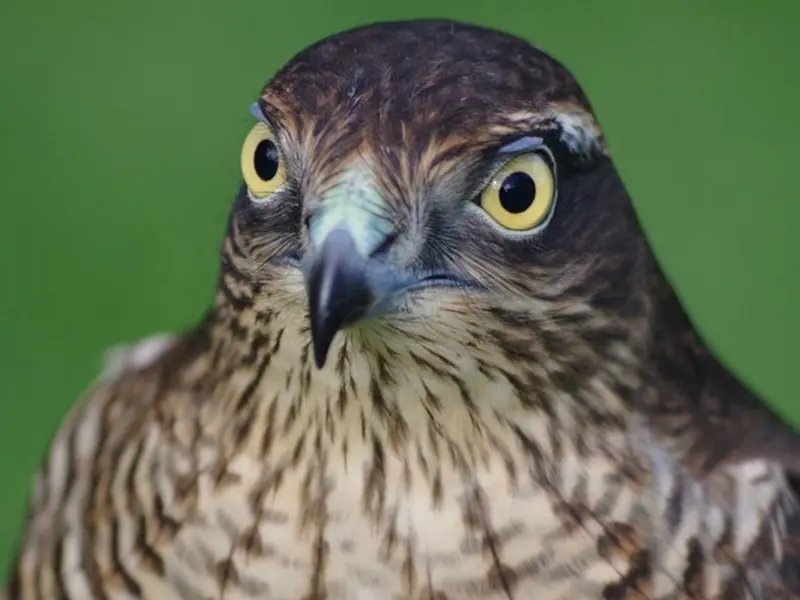“No one will protect what they don't care about; and no one will care about what they have never experienced.” — Sir David Attenborough

Sparrowhawk
Vanth
Our Sparrowhawk hatched in 2019 and was brought up in front of everyone at the Centre. Sparrowhawks are very difficult to keep in a busy environment as they are small and very energetic. Vanth has settled well and can be seen zipping about in our shows showing off her super speed and agility.









